|
Guest written by Robin McGahey, edited by Melina Formisano, Adam May, and Chris Campkin The Jackson Wild Summit is over, and I don’t know about you, but I’m feeling a little bit nostalgic. From the screenings and the panels, to networking on the dance floor, to the sunset on the Tetons, the Jackson Wild Summit is unlike any other. The conversations were flowing, the content was progressive, and the word “impact” now has a brand of its own. One particular highlight was the fun and interactive “Drop in the Ocean”. The social VR experience is co-produced by NGO Conservation International and Vision3, a London based production company, and in association with Vulcan Productions. “Drop in the Ocean” immerses you deep into the beauty of the ocean – but also directly into the plastic pollution crisis plaguing the world’s oceans. Conservation International and partners aim to raise awareness and trigger action to address the impacts of plastic pollution affecting everything from the smallest plankton to the largest mammals. The approximately 10-minute experience starts the moment you set foot in the VR area. Once the goggles are on, an AI-based markerless tracking system attaches a “skeleton” to your shape. This is what’s happening when the ever-so-lovely VR assistant tells you to please keep your arms out to a “T” and dance around a bit. I promise, it’s not just for our entertainment; it’s so the skeleton can properly attach on to your arms, legs and torso, enabling it to move with you as you go through the experience so that you can see yourself and your co-participants depicted as a collection of marine snow. As the narration begins, the soothing voices of explorers and environmental advocates, Phillipe and Ashlan Cousteau transport you through the ocean, on top of a giant Jellyfish. You start at the at the depths where you can reach out, touch, and almost hold some of the tiniest lifeforms in our ocean, then slowly rise up to the surface. Along the way, you’ll meet many colorful characters, some curious mammals, and eventually (spoiler alert!) get eaten by a whale shark. Dr. Sylvia Earle said it best after her experience: “[Drop in the Ocean] captures the essence of the ocean, the real ocean. It’s not just rocks and water – it’s alive.” Our ocean is living, breathing, and so incredibly colorful, even at the deepest parts. It’s also been polluted down to the most microscopic levels. “Drop in the Ocean” didn’t just enable the audience to see the state of our oceans, it made them feel it. When it comes to impact, that makes all the difference. What exactly are we seeing though? Here, Chris Campkin and Adam May, two of the creators from Vision3, and Melina Formisano, VP of Brand Marketing from Conservation International, have answered a couple of questions you might have had after the experience. What are we supposed to be witnessing? AM: Evidence of destructive human impact at the base of the food web and leaving with hope to create a better world. CC: We are shrinking you down to about the size of a thumb, or roughly the size of the plankton you are surrounded by, to put the viewer face to face with the impact of plastic pollution in all parts of the ocean. It’s supposed to be educational, visually stimulating, and interactive. We highly recommend trying to touch everything you can. What are we actually seeing? CC: It’s a combination of CGI and original content from the archives of Peter Parks’s lifelong work, a man who dedicated his life to studying and capturing images of plankton. Why did you want to start from the depths of the ocean? AM: The connection point between microplastics and human impact. It is also where we get our oxygen. CC: There’s also something mystical about starting from the bottom. It’s all black, so the plankton really light it up, like stars in the night sky. It makes the starting point relative, and draws the user in. Why the Jellyfish? AM: It’s an elegant and natural elevator. CC: Also, why not? Who wouldn’t want to ride a Jellyfish through the ocean? It’s fun for people of all ages Out of all of the media platforms you can use, why did you choose to go with VR? MF: The idea for Conservation International to create virtual reality (VR) films came from the desire to bring more people closer to nature and the work of conservation. VR allows more people to experience the beauty and importance of these places and ecosystems without the time or cost of travel. The immersive experience of VR creates higher levels of empathy that can change minds and change behavior. Not to mention that because the VR technology is still new and evolving, we are able to reach new audiences that may be initially interested only because of the cool technology but who leave the VR experience with a better understanding of our work and the importance of conservation. Through VR, we believe more people will come to understand how local communities rely on nature and they will be moved to help protect nature for the benefit of us all. “Drop in the Ocean” was one of the many amazing VR simulations shown during the week at the Jackson Wild Summit. In addition, there was “My Africa”, produced by CI and Passion Planet, in association with Vision3; “Everest VR: the Movie Experience” by Jonathan Griffith Productions, Legend 3D, and Vulcan; “Greenland Melting” by Frontline, Emblematic Group, NOVA, Rex Studio, and Realtra,; “Polar Obsession” by Black Dot Films VR for Nat Geo; and the Sanctuary 360 series, by Kate Thompson, Nick Zachar, and Shannon Shikles. All of the above did such an amazing job of capturing the livelihood of this planet, and the monumental role that VR can have in impact media.
1 Comment
1/15/2023 11:55:35 am
Thanks for your post.
Reply
Leave a Reply. |
Archives
March 2024
Categories
All
|
Contact UsJackson Wild
240 S. Glenwood, Suite 102 PO Box 3940 Jackson, WY 83001 307-200-3286 info@jacksonwild.org |

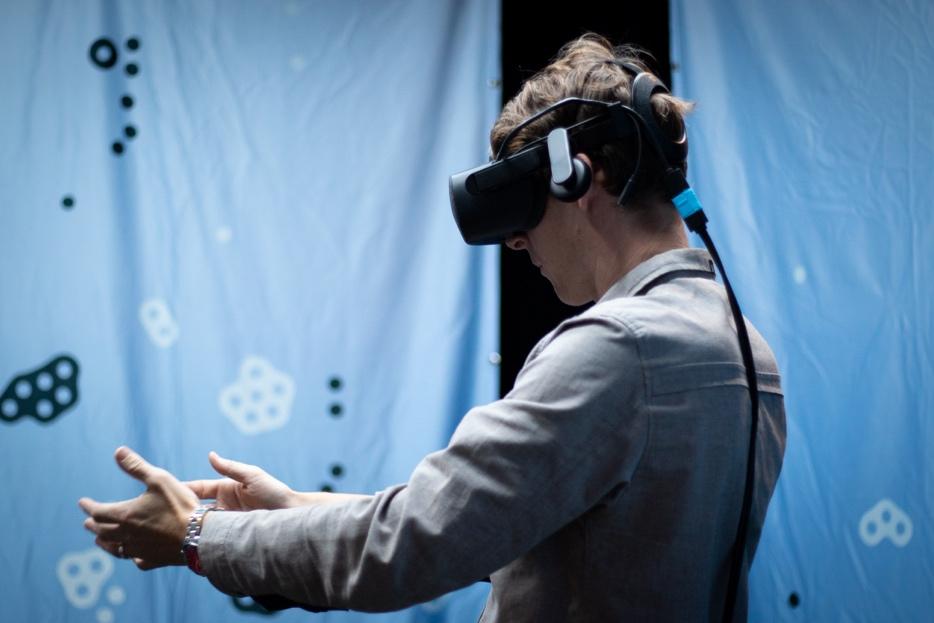
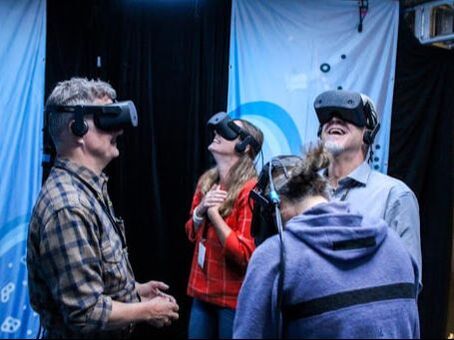
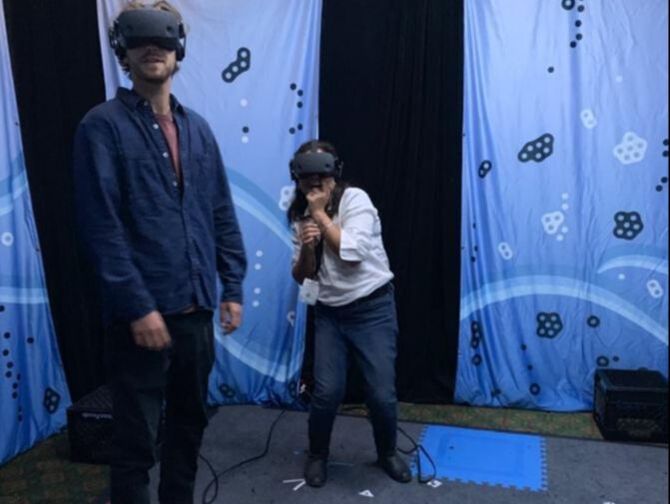
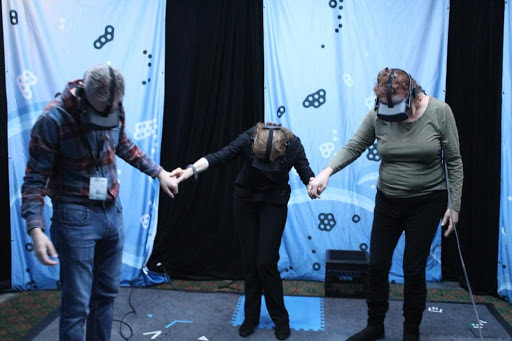
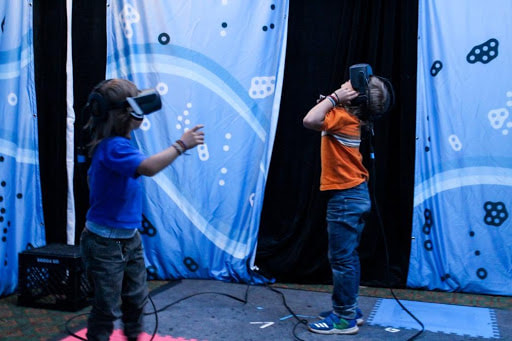
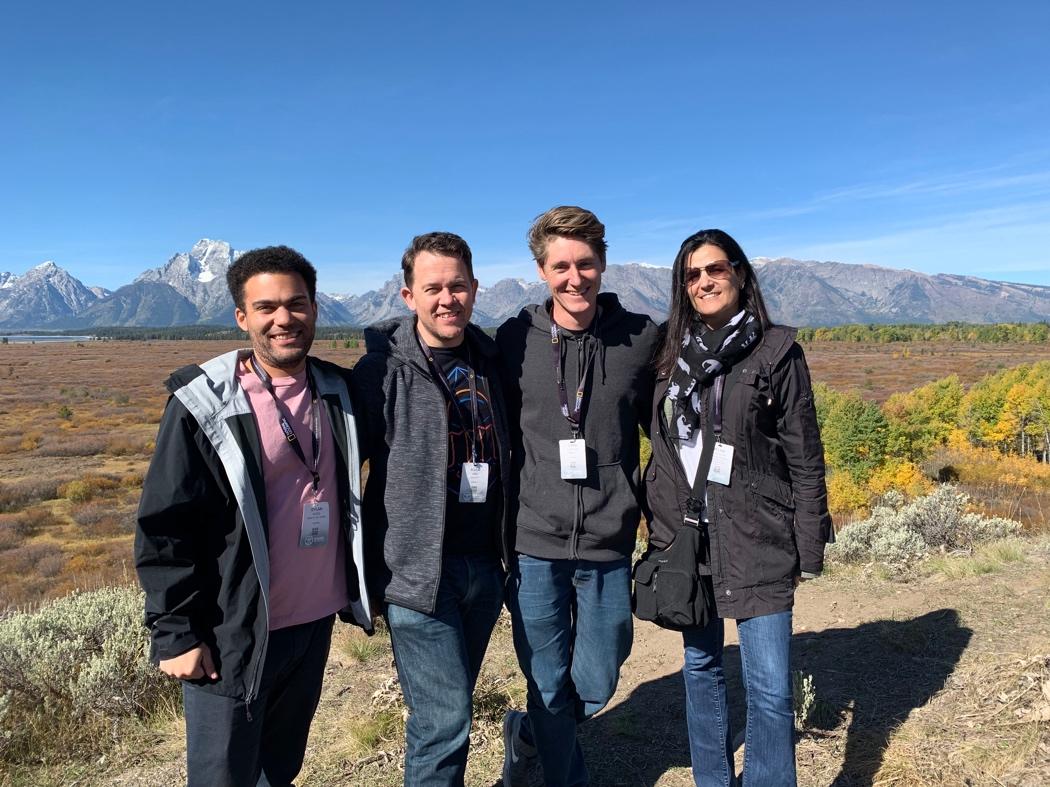
 RSS Feed
RSS Feed